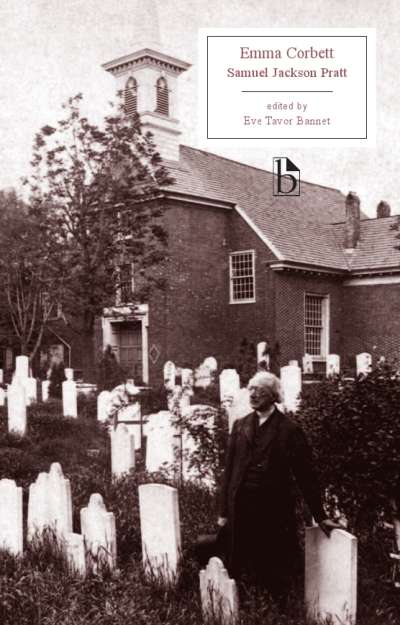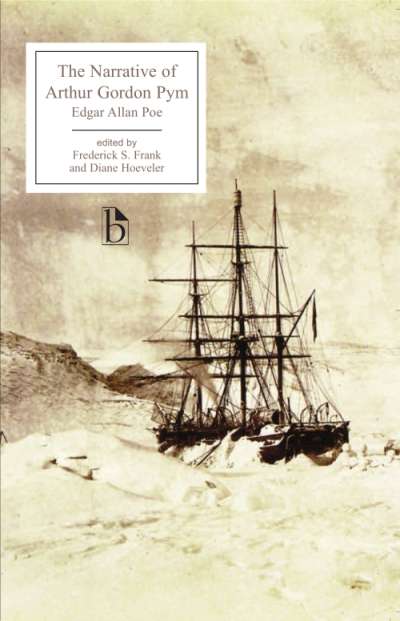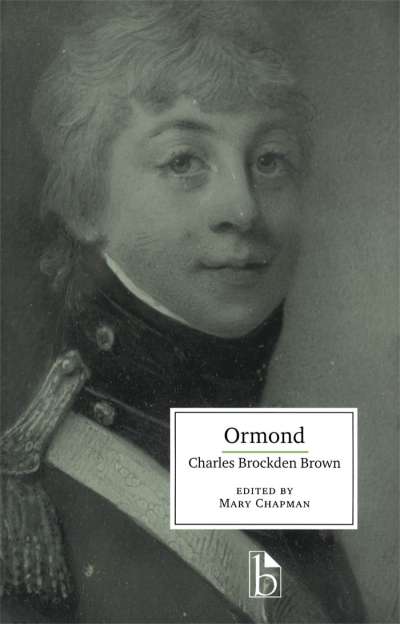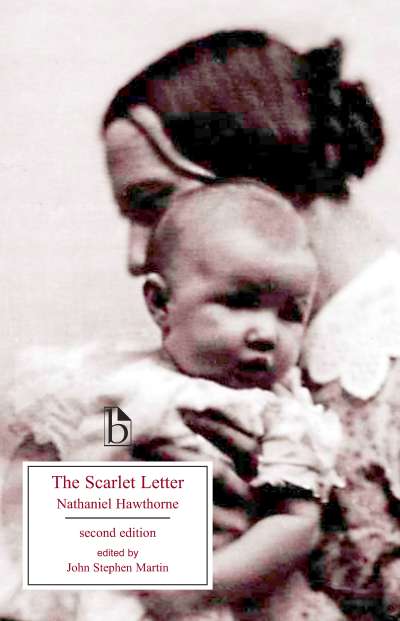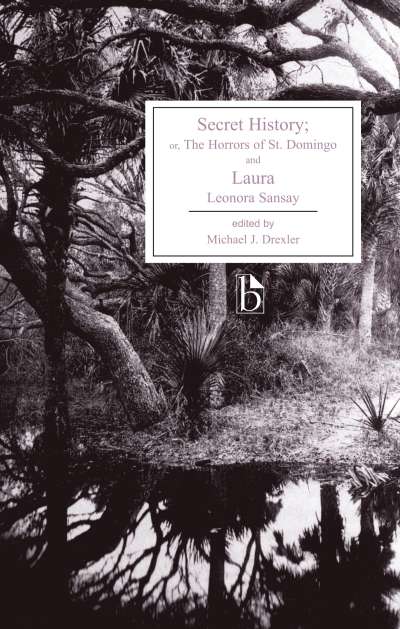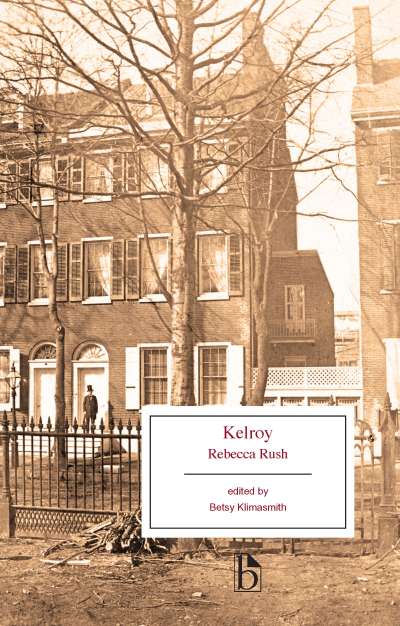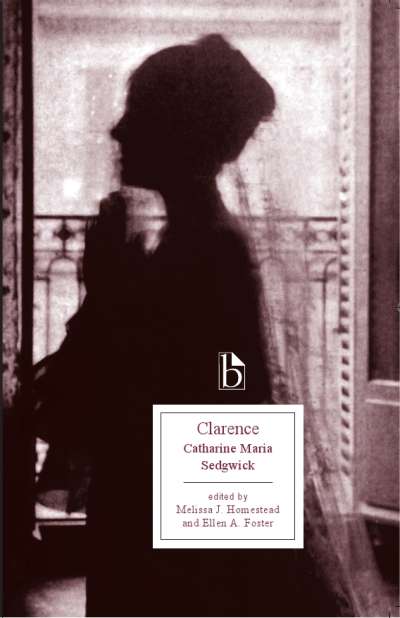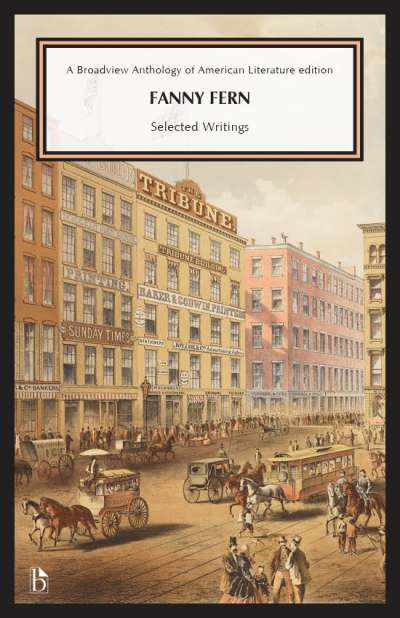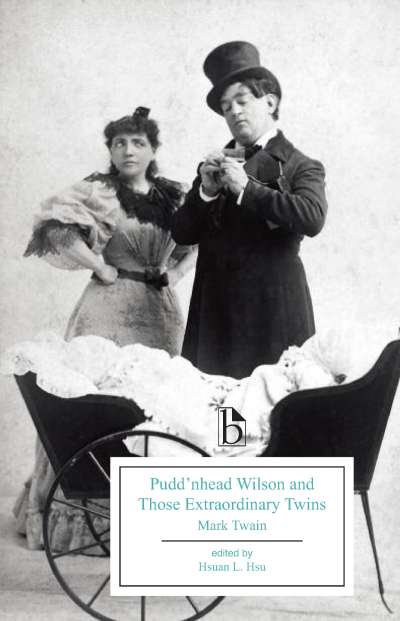
Inspired by Nathaniel Hawthorne’s own experience as a member of the famous Brook Farm Community, which the author describes in his preface as the “most romantic episode” in his life, The Blithedale Romance is one of the most engaging and complex of Hawthorne’s novels. Recounting the hopeful formation and slow fragmentation of a reform-minded socialist community in antebellum Massachusetts, the novel has increasingly preoccupied commentators on American literature and culture over the last few decades.
The editors’ new introduction helps the reader to negotiate Blithedale’s literary difficulties by offering a detailed reflection on the main problems confronted by past and present interpreters of the novel. Appendices expand on the central historical theme of reform, highlighting the novel’s references to women’s emancipation, antislavery, and Utopian socialism.
Comments
“The Broadview edition of The Blithedale Romance is an exceptional scholarly achievement. The excellent critical introduction, along with the wealth of biographical and historical materials, at last make it possible to see Hawthorne’s novel in all its complexity and brilliance.” — Eric J. Sundquist, Andrew W. Mellon Professor of the Humanities, Johns Hopkins University
“The introduction, by Michael J. Colacurcio (a scholar unrivaled in Hawthorne criticism over the past three decades) and Luke Bresky, is a major piece of literary analysis. An authoritative text of the novel, judicious annotations to help readers with historical persons and events, and extensive appendices contextualizing more fully than heretofore the religious, feminist, reformist, and slavery contexts in which the book should be read—all these make this edition of The Blithedale Romance unsurpassed.” — Frederick Newberry, Professor Emeritus, Duquesne University, former editor of The Nathaniel Hawthorne Review
“The Blithedale Romance is a brilliant novel, one that compresses into its reveries and observations some of the most urgent issues troubling antebellum America. With this sparkling new edition, Colacurcio and Bresky not only recognize Hawthorne’s political thoughtfulness, but also include a rich framework of primary sources through which to approach the allusive energy of Hawthorne’s prose. I am looking forward to using this edition in my American Literature courses.” —
Dana Medoro, University of Manitoba
Acknowledgements
Introduction
Nathaniel Hawthorne: A Brief Chronology
A Note on the Text
The Blithedale Romance
Appendix A: Hawthorne on Brook Farm, Reform, and Social Change
- Nathaniel Hawthorne, Selected Letters to Sophia Peabody (April 1841 to June 1842)
- From “The Hall of Fantasy” (1843, 1846)
- From “Earth’s Holocaust” (1844, 1846)
- From “The Old Manse” (1846)
- From The Scarlet Letter (1850)
Appendix B: Universal Reform and Associationism
- From George Ripley, Letter to the Church in Purchase Street (1 October 1840)
- From “‘The Memory and Example of the Just,’ A Sermon, Preached on All Saints’ Day, to the First Church, by Its Minister, N.L. Frothingham. Boston, 1840.”
Christian Examiner (January 1841)
- From Ralph Waldo Emerson, “Chardon Street and Bible Conventions,”
The Dial (July 1842)
- From Ralph Waldo Emerson, “Lectures on the Times,” The Dial (July 1842)
- From Ralph Waldo Emerson, “New England Reformers” (1844)
- From Albert Brisbane, “Association and Social Reform,” The Boston Quarterly Review (April 1842)
- From Charles Lane, “Brook Farm,” The Dial (January 1844)
- From Andrew Jackson Davis, The Principles of Nature, Her Divine Revelations, and a Voice to Mankind (1847)
Appendix C: Woman Emancipating, Woman Emancipated
- Pastoral Letter of the General Association of Massachusetts (28 June 1837)
- From Sarah Grimké, Letters on the Equality of the Sexes, Addressed to Mary S. Parker, President of the Boston Female Anti-Slavery Society (1838)
- From Letter III: The Pastoral Letter of the General Association of Congregational Ministers of Massachusetts
- From Letter XII: Legal Disabilities of Women
- From Catharine E. Beecher, An Essay on Slavery and Abolitionism, with Reference to the Duty of American Females (1837)
- From William Lloyd Garrison, “Letter to the Boston Female Anti-Slavery Society,”
The Liberator (16 October 1840)
- Margaret Fuller, Selected Comments on Woman
- From “Leila,” The Dial (April 1841)
- From Woman in the Nineteenth Century (1845)
- Sophia Ripley, “Woman,” The Dial (January 1841)
- From Orestes Brownson, “Miss Fuller and Reformers,” Brownson’s
Quarterly Review (April 1845)
- From Oneida Community [John Humphrey Noyes], “Bible Argument; Defining the Relations of the Sexes in the Kingdom of Heaven” (1849)
- From Theodore Parker, “Sermon of the Public Function of Woman” (1853)
Appendix D: The Fugitive Slave Law and Northern Anti-slavery
- From the US Constitution, Fugitive Slave Act (1850)
- From Horace Mann, “Speech to the Massachusetts Convention in Opposition to the Fugitive Slave Law” (1851)
- Caroline W. Healey Dall, “Amy. A Tale,” Liberty Bell (1849)
- Antislavery Emblems: “Am I Not a Woman and a Sister?”
- Josiah Wedgwood Antislavery Medallion (1787)
- Typefounder’s Cut from The Liberator (1832)
- Kneeling Slave with Dame Justice, from the Cover Page of Authentic Anecdotes of American Slavery (1838) by Lydia Maria Child
- Needlecase Stamped with Antislavery Emblem
Appendix E: Harriet Hosmer, Zenobia in Chains (1859)
Appendix F: Contemporary Reviews of The Blithedale Romance
- From “Contemporary Literature of America: ‘The Blithedale Romance,’”
The Westminster Review (October 1852)
- Edwin Percy Whipple, Graham’s Magazine (September 1852)
Works Cited and Recommended Reading
Michael J. Colacurcio is Distinguished Professor of English at the University of California, Los Angeles.
M. Luke Bresky is Associate Professor of English at St. Mary’s University, Calgary, Alberta.



